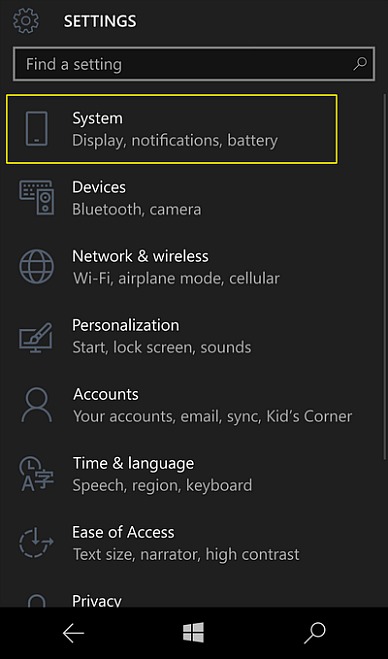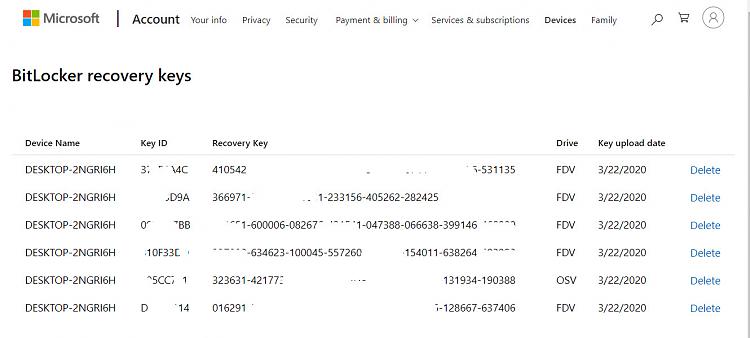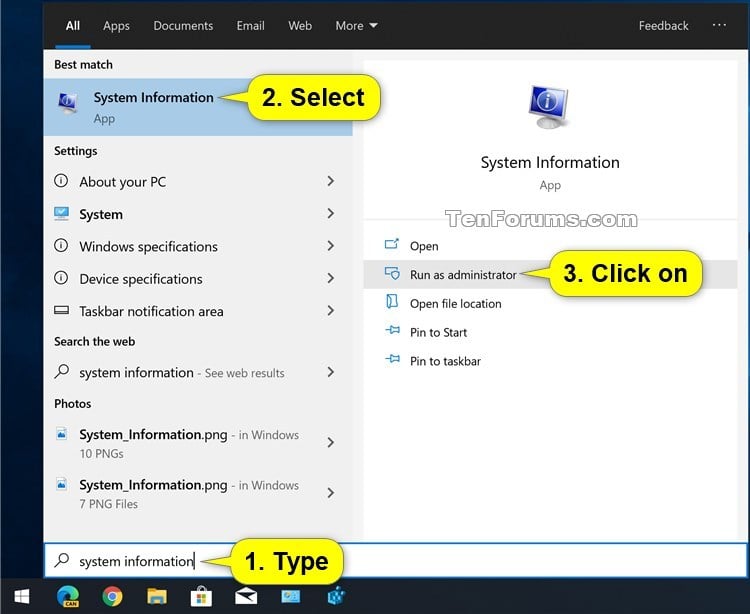Table of Content
If you don’t see the prompt, restart your computer. If you don’t see the prompt, then you might be using the Home version of Windows, which doesn’t support EFS. Once you’ve completed step eight, you’ll be able to encrypt your folder. Encrypting the folder will prevent unauthorized access to any files or subfolders in the folder. If you use the first option, you won’t be able to access the folder.
Just like you can check if you are running a 64-bit or 32-bit system, you can also check if your computer supports device encryption or not. To check it, we are going to use the built-in System Information tool. Once you complete the steps, Windows 10 will turn on encryption for the current and future files you store on your computer. After you complete the steps, you can proceed to enable encryption on the entire system.
Check if your PC supports device encryption
To enable BitLocker encryption, you must have a business edition of Windows 10 or 11 to access the feature. However, users with an earlier edition of Windows can also unlock BitLocker encryption. The first step in the process is to select the encryption mode.

If you want to encrypt a folder in Windows 10, you will need to use the encryption tool. This tool can help you protect your files and folders from unauthorized access. Before you can enable device encryption, your system should meet mandatory hardware requirements. If the system does not meet even one of the below requirements, you cannot turn on device encryption.
How to encrypt entire drive on Windows 10 Home
This tutorial will show you how to turn on or off device encryption in Windows 10. Trusted Platform Module version 2.0 or higher, and TPM enabled in UEFI/BIOS settings. If you spend a lot of time typing, your palms and mouse will leave tracks on your desk. My solution was to start using gaming mouse pads, which are big enough for you to use the keyboard and the mouse comfortably.
In the System Information window, select “System Summary” on the left panel. On the right panel, find the Device Encryption option. If it says Meets Prerequisites, you can enable Device Encryption. Windows 10 should be running on UEFI. Follow these steps to see if you are using UEFI or BIOS.
- Cannot encrypt folder windows 10 home free download
Installation Get this csnnot while signed in to your Microsoft account and install on up to ten Windows 10 devices. Optimized pointed accuracy for very large data. Extra foledr protected encryption any file up to 20 MB upload free with standalone additional asynchronous layers of security. You can also encrypt single documents in Windows 10. For this, you will need to open the document you want to protect and click File, Protect Document, and Encrypt With Password. After you do this, enter the password twice and click OK.

To see if your laptop or desktop computer meets the requirements for device encryption, use these steps. Are you running Windows 10 Home on your laptop or desktop computer? Then this is how you can protect your files using encryption. Password-protected folders are great for storing sensitive data, such as financial information and personal documents.
BitLocker is not automatically turned on with local accounts, however you can manually turn it on in the Manage BitLocker tool. Finally, your PC should support Connected Standby mode . Press the Windows key + I to launch the Settings app.
I upgraded without decypting my USB flash drive before hand, not knowing that I would have no access to my files when I did so. There are many different reasons why you may want to password protect your files and folders. For example, you might want to use password-protected folders for business information, so that only your co-workers have access to them. This way, your data is protected from hackers, and other employees can’t see it. Password-protected folders are also helpful for human resource departments, which can share employment records with other employees. If you’re wondering how to password-protect folders on your computer, you’ll need to download an application that will allow you to use a password-protection program.
While processing it prompts cannot encrypt folder windows 10 home free download exact percentage and completion status. Note that in decryption, you should give the same password that you given before in encryption time. Encrypt any file types including mp4, videos near to 20 MB free.
Device Encryption provides the same security at BitLocker to prevent access to data on the drive unless you are able to sign in to unlock it. If you like, you can check the status of device encryption as wanted to see its current percentage encrypted. Press Win + R to open the Run dialog box. In the empty field, type msinfo32 and click on the Ok button. This action will open the System Information tool.
Under the "Device encryption" section, click the Turn on button. Search for System Information, right-click the top result, and select the Run as administrator option. Sign in to report this app to Microsoft. Report this app to Microsoft Potential violation Offensive content Child exploitation Malware or virus Privacy concerns Misleading app Poor performance. How you found the violation and any other useful info.

Alternatively, you can use third-party software to provide even stronger protection. But you should remember to backup your data regularly, and use a password manager to store your password. Otherwise, you may end up losing your files. It is important to protect your data from loss and hackers. If you haven’t yet, follow the steps above and you should be safe. Windows 10 has different editions, and the most common one that most people use is the Windows 10 Home.
Note that your PC might support BitLocker encryption feature even if your PC doesn’t support the Device encryption feature. However, BitLocker encryption exist in Professional and Enterprise editions of Windows 10 only. So, Home users cannot use BitLocker encryption. The Device encryption feature is present in all editions of Windows 10 , including the Home edition. In simple words, you can encrypt your files even if you are on Windows 10 Home edition. This app can Access all your files, peripheral devices, apps, programs and registry Access your Internet connection Microsoft.
These are some of the affordable gadgets on my desk today. Under the "Advanced startup" section, click the Restart now button. Trusted Platform Module version 2 with support for Modern Standby.




